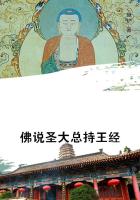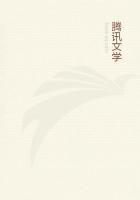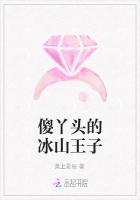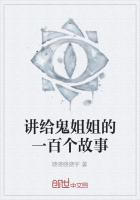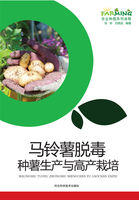However truly the poets may make us feel the spirit of Nature in their verse, can many be trusted when it comes to the letter of natural science? "Where camels arch their cool, dark boughs o'er beds of wintergreen," wrote Bryant; yet it is safe to say that nine colonies of this hardy little plant out of every ten he saw were under evergreen trees, not dogwoods.When the July sun melts the fragrance out of the pines high overhead, and the dim, cool forest aisles are more fragrant with commingled incense from a hundred natural censers than any stone cathedral's, the wintergreen's little waxy bells hang among the glossy leaves that form their aromatic carpet.On such a day, in such a resting place, how one thrills with the consciousness that it is good to be alive!
Omnivorous children who are addicted to birch-chewing, prefer these tender yellow-green leaves tinged with red, when newly put forth in June - "Youngsters" rural New Englanders call them then.
In some sections a kind of tea is steeped from the leaves, which also furnish the old-fashioned embrocation, wintergreen oil.Late in the year the glossy bronze carpet of old leaves dotted over with vivid red "berries" invites much trampling by hungry birds and beasts, especially deer and bears, not to mention well-fed humans.Coveys of Bob Whites and packs of grouse will plunge beneath the snow for fare so delicious as this spicy, mealy fruit that hangs on the plant till spring, of course for the benefit of just such colonizing agents as they.Quite a different species, belonging to another family, bears the true Partridgeberry, albeit the wintergreen shares with it a number of popular names.
In a strict sense neither of these plants produces a berry; for the fruit of the true partridge[berry] vine (Mitchella repens) is a double drupe, or stone bearer, each half containing four hard, seed-like nutlets; while the wintergreen's so called berry is merely the calyx grown thick, fleshy, and gaily colored - only a coating for the five-celled ovary that contains the minute seeds.
Little baskets of wintergreen berries bring none too high prices in the fancy fruit and grocery shops when we calculate how many charming plants such unnatural use of them sacrifices.
Closely allied to the wintergreen is the RED BEARBERRY, KINNIKINIC, BEAR'S GRAPE, FOXBERRY or MEALBERRY, as it is variously called (Arctostaphylos-uva-ursi = bearberry).Trailing its spreading branches over sandy ground, rocky hillsides and steeps until it sometimes forms luxuriant mats, it closely resembles its cousin the arbutus in its manner of growth, and has been mistaken for it by at least one poet.But its tiny, rounded, urn-shaped flowers, which come in May and June, are white, not salver form and pink; the entire plant is not rusty-hairy; the dark little leathery evergreen leaves are spatulate, and, moreover, it bears small but abundant clusters of round, berry-like fruit, an attainment the arbutus still struggles for, but cannot yet reach.Bumblebees are the flower's chief benefactors.Game fowl, especially grouse, but many other birds too, and various animals which are glad to add the clusters of smooth red bearberries to their scanty winter menu, however insipid and dry they may be, have distributed the seed from Labrador across Arctic America to Alaska, southward to Pennsylvania, Illinois, Nebraska, and California.How plants do compel insects, birds, and beasts to work for them! The entire plant is astringent, and has been used in medicine; also by leather dressers.
BLACK or HIGH-BUSH HUCKLEBERRY; WHORTLEBERRY [now TALLHUCKLEBERRY]
(Gaylussacia resinosa) Huckleberry family Flowers - White and pink, pale or deep, small, cylindric, bell-shaped.5-parted, borne in 1-sided racemes from the sides of the stiff, grayish branches.Stem: A shrub to 3 ft.high.Leaves:
Alternate, oval to oblong, firm, entire edged, green on both sides, dotted underneath with resinous spots, especially when young.Fruit: A round, black, bloomless, sweet, berry-like drupe, containing 10 seed-like nutlets, in each of which is a solitary seed.Ripe, July-August.
Preferred Habitat - Moist, sandy soil, thickets, open woods.
Flowering Season - May-June.
Distribution - Newfoundland to Georgia, west to Manitoba and Kentucky.


